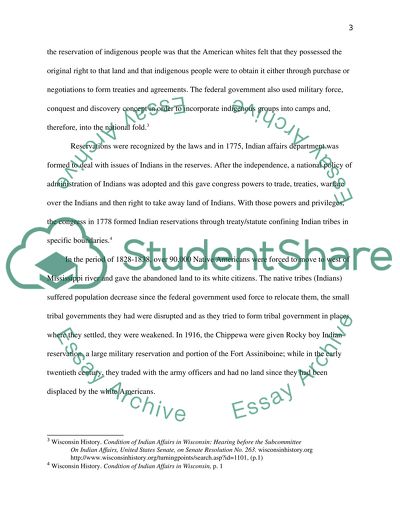Cite this document
(“Chippewas in the Early Twentieth Century Essay Example | Topics and Well Written Essays - 1500 words”, n.d.)
Chippewas in the Early Twentieth Century Essay Example | Topics and Well Written Essays - 1500 words. Retrieved from https://studentshare.org/history/1454741-chippewas-in-the-early-twentieth-century
Chippewas in the Early Twentieth Century Essay Example | Topics and Well Written Essays - 1500 words. Retrieved from https://studentshare.org/history/1454741-chippewas-in-the-early-twentieth-century
(Chippewas in the Early Twentieth Century Essay Example | Topics and Well Written Essays - 1500 Words)
Chippewas in the Early Twentieth Century Essay Example | Topics and Well Written Essays - 1500 Words. https://studentshare.org/history/1454741-chippewas-in-the-early-twentieth-century.
Chippewas in the Early Twentieth Century Essay Example | Topics and Well Written Essays - 1500 Words. https://studentshare.org/history/1454741-chippewas-in-the-early-twentieth-century.
“Chippewas in the Early Twentieth Century Essay Example | Topics and Well Written Essays - 1500 Words”, n.d. https://studentshare.org/history/1454741-chippewas-in-the-early-twentieth-century.


